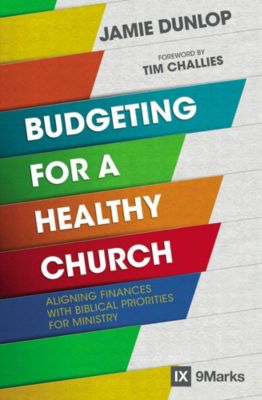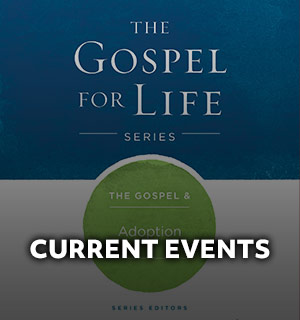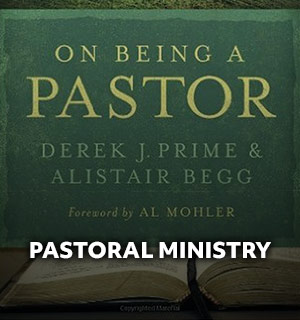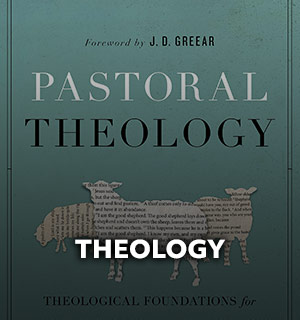
By Marissa Postell
The 2020 and 2021 pandemic years have been challenging for churches on many fronts, but recent research indicates most churches are holding up financially and are optimistic going into 2022.
Last week, Evangelical Council for Financial Accountability (ECFA) released their “2021 State of Giving” report, focusing on changes in cash giving to ECFA members in 2020.
The data in this report is based on information from 1,964 ECFA members, which they describe as “Christ-centered nonprofit ministries or churches that have committed to ECFA’s seven standards of responsible stewardship.”
The 2020 and 2021 pandemic years have been challenging for churches on many fronts, but recent research from @ECFA indicates most churches are holding up financially and are optimistic going into 2022. Click To TweetIn 2020 the 260 churches included in the report had a combined income of $2.66 billion, with 87% of that income coming from cash giving (cash, check, online giving, etc.). These churches received 1% of their income in the form of noncash giving (gifts in kind, donated services, etc.), and 12% was attributed to other income (tuition, program fees, investments, etc.).
For nonprofits, the breakdown of income sources varied across ministry types, with child sponsorship programs receiving the highest percentage from cash giving (98%) and K-12 education with the lowest (29%).
In 2020, the individual churches in this report averaged a 1.2% decrease in cash giving from 2019. These churches had averaged a 0.1% increase from 2018 to 2019. The declines in 2020 were felt primarily by smaller churches with smaller budgets.
Churches with a 2020 annual revenue of $20 million or more saw a 6% increase in cash giving, while the average church bringing in a smaller revenue experienced a decrease in cash giving.
According to research from @ECFA, churches with a 2020 annual revenue of $20 million or more saw a 6% increase in cash giving, while the average church bringing in a smaller revenue experienced a decrease in cash giving. Click To TweetThe stats are similar when looking at changes in cash giving in relation to church attendance. Churches with average attendances of 8,000 or higher saw a 2.8% increase over the last three years—the greatest increase in any attendance category. Specifically in 2020, those churches saw a 6% increase in cash giving, but the average church with a smaller attendance experienced a decrease in cash giving.
During the 2020 pandemic year, churches held almost even in their cash giving as compared to 2019, receiving slightly less (-1.2%) cash giving in 2020 than in 2019.
The research showed that churches that were growing before the pandemic did not necessarily fare better through the pandemic. Only 50% of churches with an annualized increase in cash giving prior to the pandemic saw an increase in cash giving from 2019 to 2020. But 65% of churches with an annualized decrease in cash giving prior to the pandemic saw an increase in cash giving in the 2020 pandemic year.
Recent @ECFA research shows churches held almost even in their cash giving compared to 2019, receiving just slightly less in 2020. Click To Tweet“The 2020 pandemic year seems to be an exception to many historic patterns of giving,” the report from ECFA said.
In their recent webinar, ECFA leaders offered specific recommendations on how churches can apply these findings to their circumstances.
Pastors and church leaders can use this report to:
- Plan for the future by observing both short-term and long-term trends in religious giving.
- Compare the cash giving percentage of your church’s income to other churches.
- Benchmark changes in giving to your church against that of similar sized churches.
- Explore how state of giving numbers compare to outside benchmarks, such as wage growth and stock market.
- Educate staff in the broader context of cash-giving patterns.
Alongside the 2021 State of Giving Report, ECPA released another report titled “Endurance Through Adversity,” examining recent research on revenue outlook for 2022.
“Despite incredible challenges through an environment with much adversity, 2021 has seen remarkable endurance and significant forward motion among ECFA members and other like-minded ministries,” said Warren Bird, ECFA’s senior vice president of research and equipping. “We are impressed by their strong, optimistic belief that God will continue to provide the funding needed to fuel gospel-motivated ministry.”
“Despite incredible challenges through an environment with much adversity, 2021 has seen remarkable endurance and significant forward motion among @ECFA members and other like-minded ministries.” — @warrenbird Click To TweetThe study found that 64% of churches are optimistic about total cash gifts to their churches going into 2022. This is a 3% increase from churches that were asked about their outlook of 2021 early in the year. Overall, across churches and ministries alike, the outlook toward 2022 is strongly optimistic.
In the first three quarters of 2021, 64% of churches reported that total cash donations were the same or higher than they were during that same period in 2020. Only 58% of churches could say the same comparing cash giving in 2020 to 2019. The same holds true with other types of 2021 revenue, with 78% of churches reporting that total other types of revenue were the same or higher in 2021 than in 2020. This is a significant increase from the 48% of churches who could say the same comparing other revenue from 2020 to 2019.
And, the majority (65%) of churches didn’t touch their cash reserves in 2021. In fact, 34% of churches actually began growing their cash reserves in the first nine months of 2021.
A study from @ECFA found that 64% of churches are optimistic about total cash gifts to their churches going into 2022. Click To TweetA recent Lifeway Research study found churches gained some stability in 2021, but only 12% felt the economy was helping their congregation. “Most churches are taking a deep breath financially following the uncertainty of the height of the pandemic,” said Scott McConnell, executive director of Lifeway Research. “While the official recession ended quickly in April 2020, economic growth has been uneven, and few churches are feeling actual positive impacts from the economy at this point.”
One change that many congregations can make to provide a boost financially is the adoption of online giving. According to a recent Faith Communities Today (FACT) study, churches that have not added online giving should make that a priority in 2022.
“Just having online giving, no matter how much it was emphasized, increased per capita giving of regular participants by $300 per person annually,” according to the FACT report.
In April 2020, shortly after the pandemic began, Lifeway Research found 48% of churches continued offering online giving as they had prior to COVID-19 and 16% had added it since the pandemic. More than a third of churches (35%), however, said they didn’t offer the ability to give online.
Still, many of the current financial factors should help churches move into the new year. “Overall, 2022 should start out with positive economic dynamics for churches,” McConnell said.









